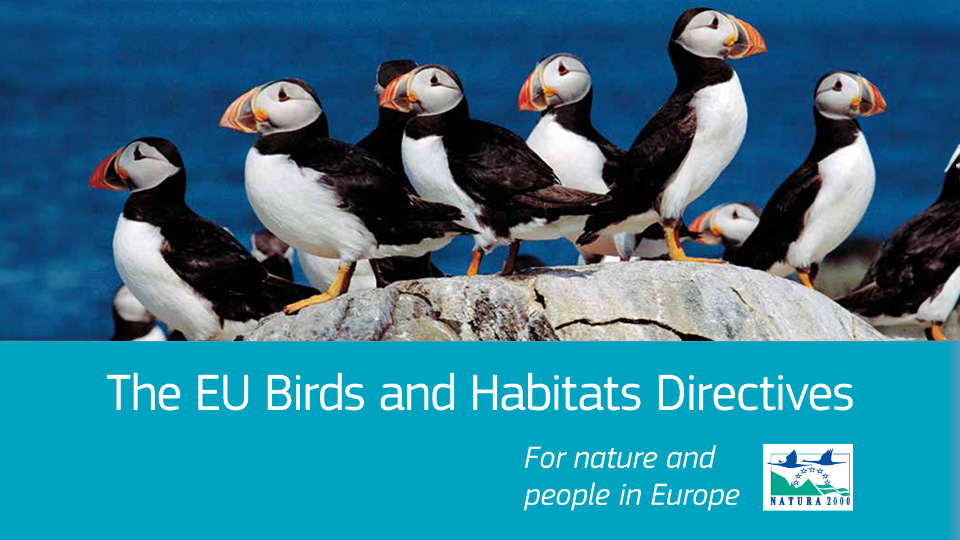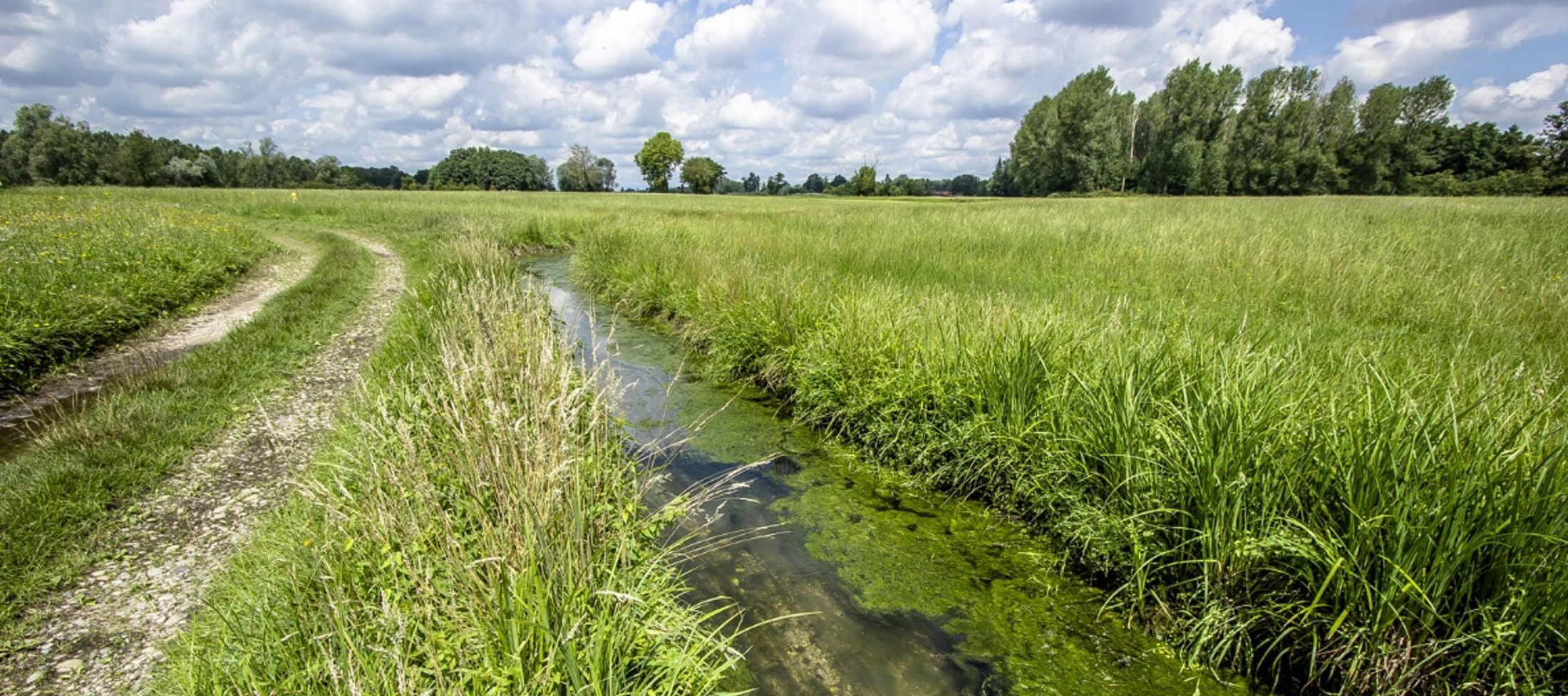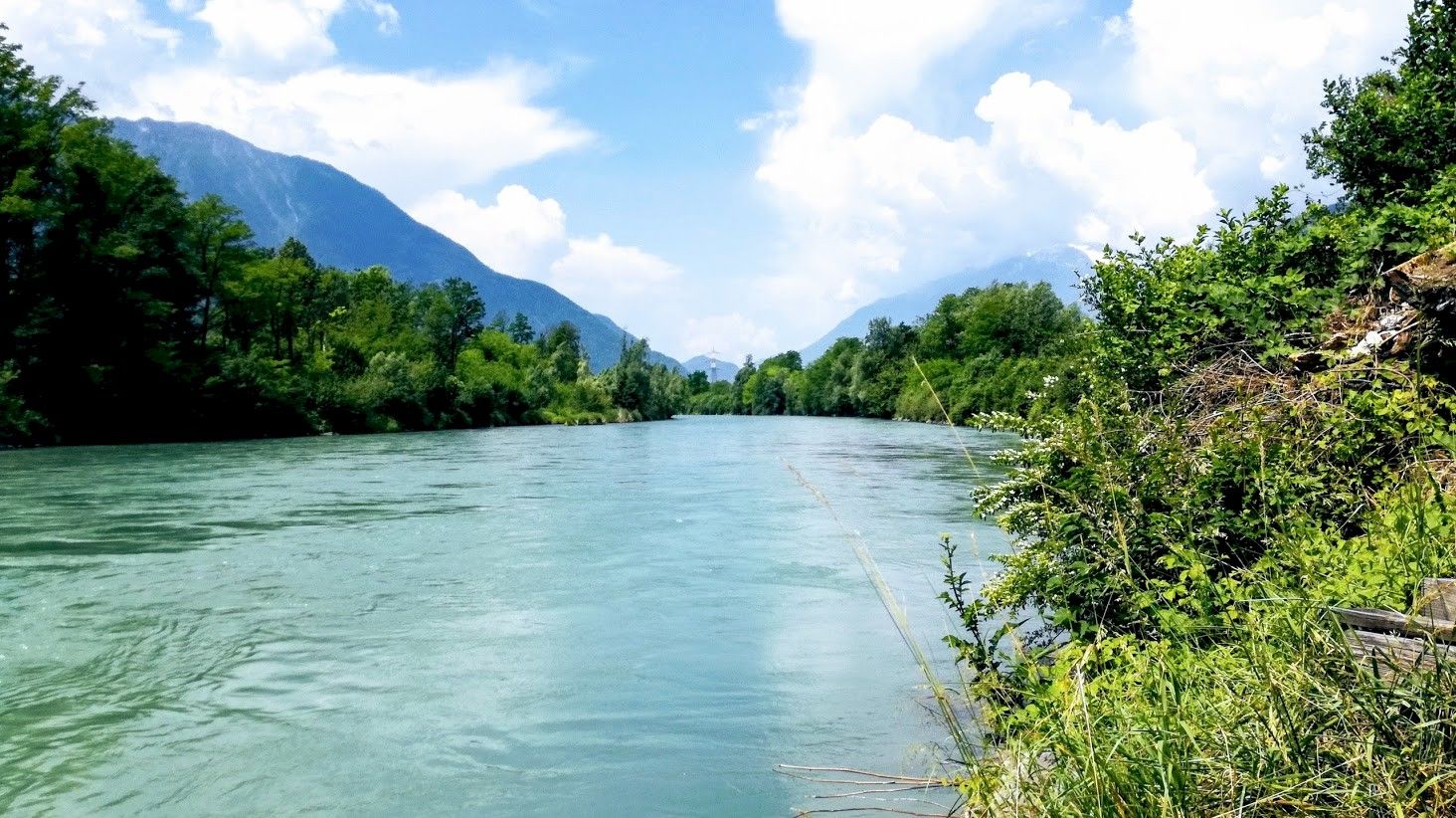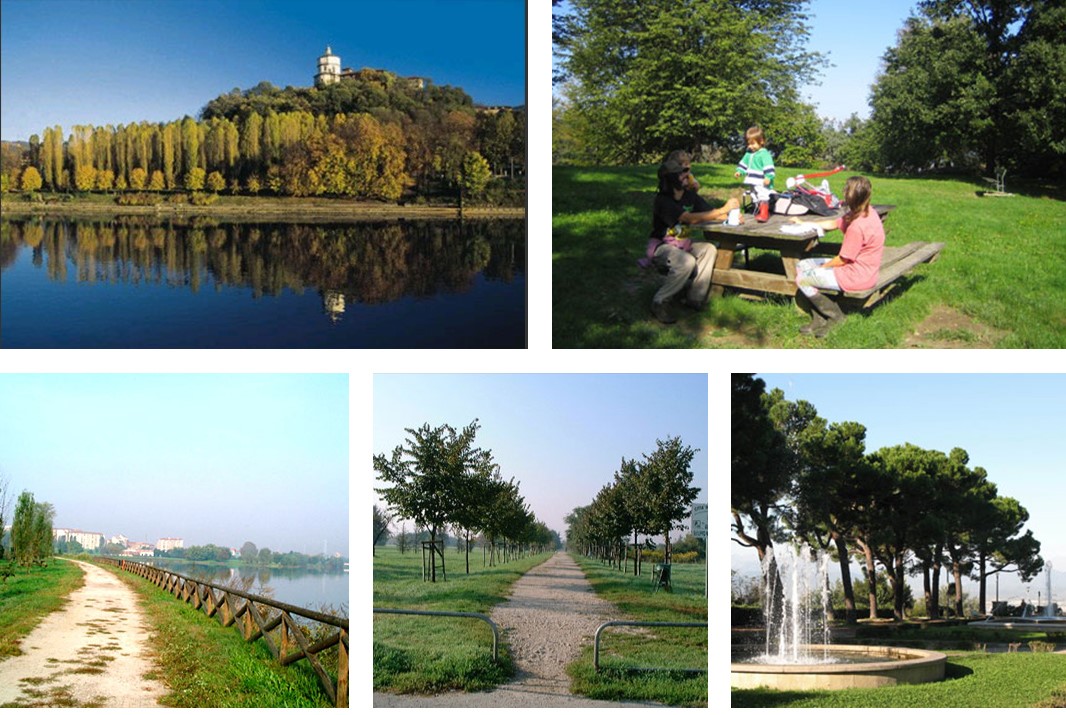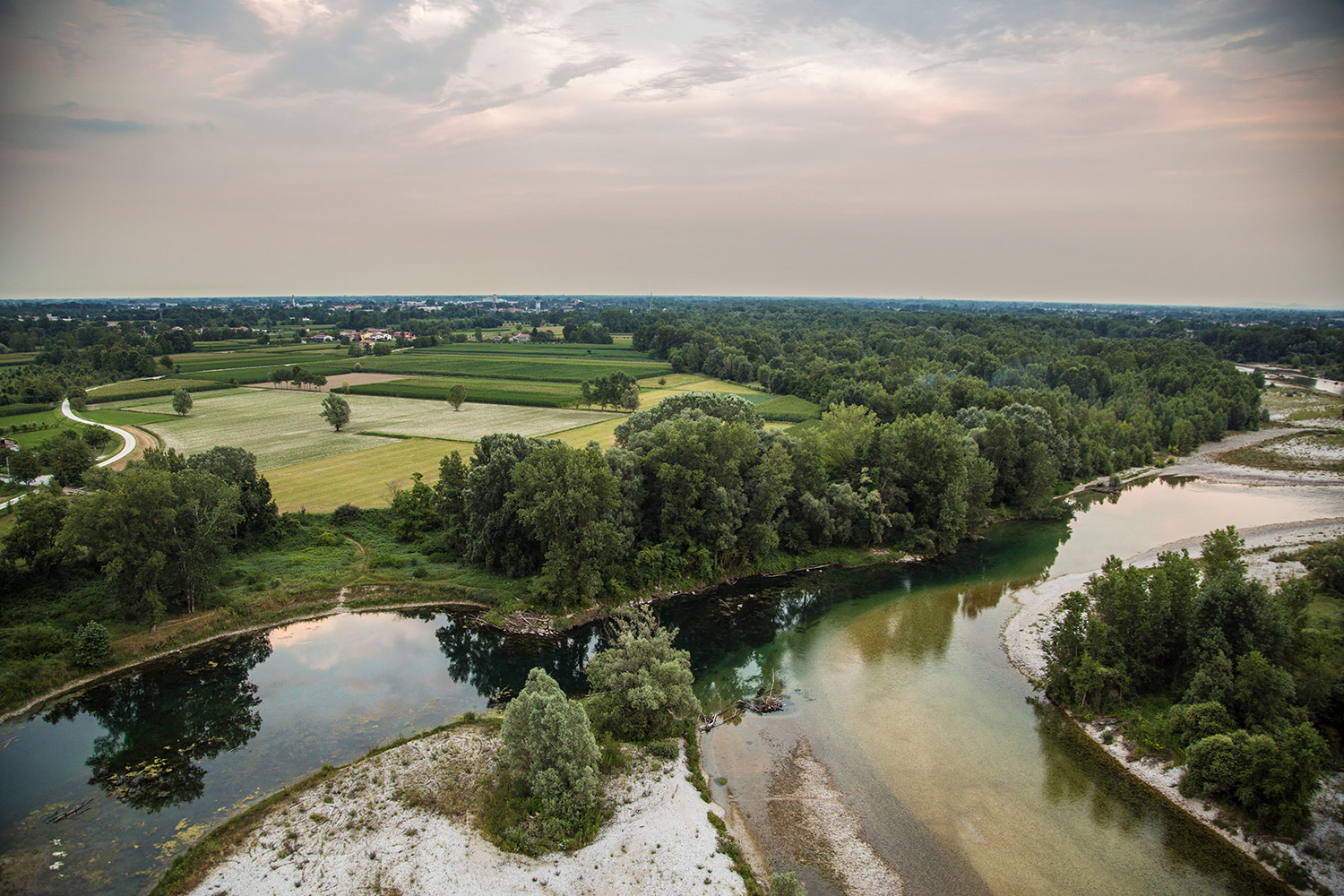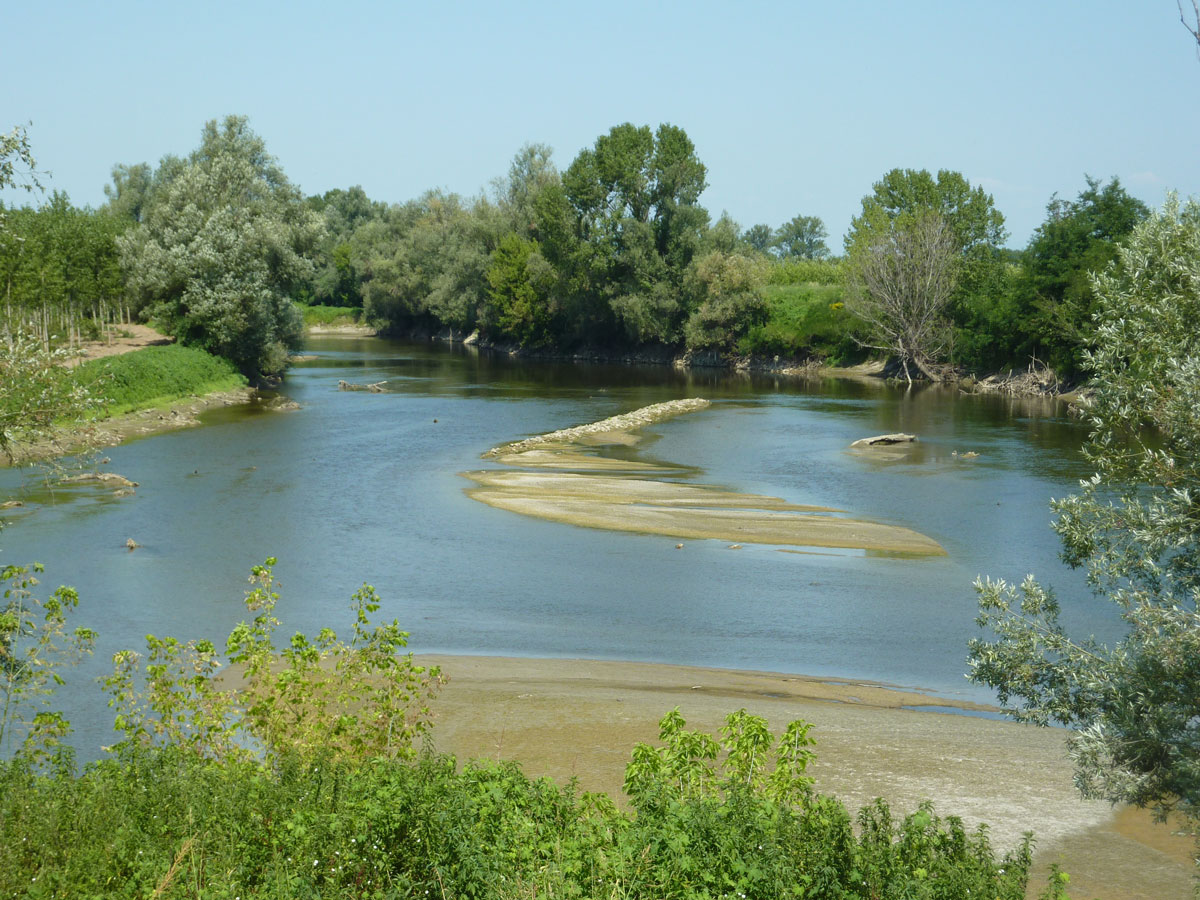With the GRAN approach you give value to the resources and natural areas you manage
Our territory features many environmental resources and is rich in natural areas that conserve biodiversity and landscape. At the same time, these provide essential ecosystem services to the population, such as drinking water, clean air and green spaces for public health and well-being.
Despite this, these natural areas often need to be better managed due to the overlapping of public authorities and private owners who are supposed to care for them and can only sometimes agree on a joint plan.
The lack of management often leads to the abandonment of these areas and the development of environmental and social degradation situations, causing discontent among the local population and environmental associations.
At the European level, many environmental directives aim at better management of environmental resources (Water Framework Directive) and natural areas (Birds and Habitats Directives), with precise indications on how to use resources (e.g. Ecological Runoff) and how to manage habitats and biodiversity (e.g. Conservation Measures). However, the complexity and lack of resources often lead to delays in implementing European environmental regulations, generating continuous requests for derogations and environmental sanctions.
On the other hand, in the European programming period 2021-2027, the Programme for the Environment and Climate Action (LIFE) saw an increase of about 50 per cent compared to the previous period, with about EUR 5.45 billion in allocation. In addition, at least 25% of the EU expenditure on all Programmes was allocated to achieving climate objectives. However, a lack of vision and coordination between entities often results in difficulties in taking advantage of available EU funding.
Governance of
Resources
And
Natural areas
The management of protected areas and natural resources is a complex subject.
That is why we aim to tackle it with an interdisciplinary approach and draw on the most advanced standards in the field, such as the IIUCN Green List of Protected and Conserved Areas. We aim to respond to local needs from an institutional, technical and economic point of view by accompanying the territories to analyse and resolve problems. Together, we will understand which issues are most relevant to your area and lay the foundations for a participatory and effective management of natural resources. We will do this with a path specifically designed and agreed with you.
Institutional
Which entities are involved, and what are the organisational, institutional and contractual arrangements to coordinate them?
Ensuring representation, transparency and adaptation to the context is essential to proposing the most locally appropriate governance system.
Functional
What are the conservation and management goals and activities that ensure that local values are maintained?
Management choices must consider the area’s needs and the economic impacts of different options.
Economic
With which funds do we finance management, conservation activities, and coordination between entities?
Accessing public and private funds and activating innovative forms of financing is the basis of a genuinely effective governance, which ensures the full implementation of the planned actions in the long term.
Our services

Governance of protected areas and stakeholder engagement
Do you want to find out how to improve the management of your natural resources?
Read More
Nature-based solutions for landscape challenges
Do you want to discover how to fight the climate crisis through nature?
Read More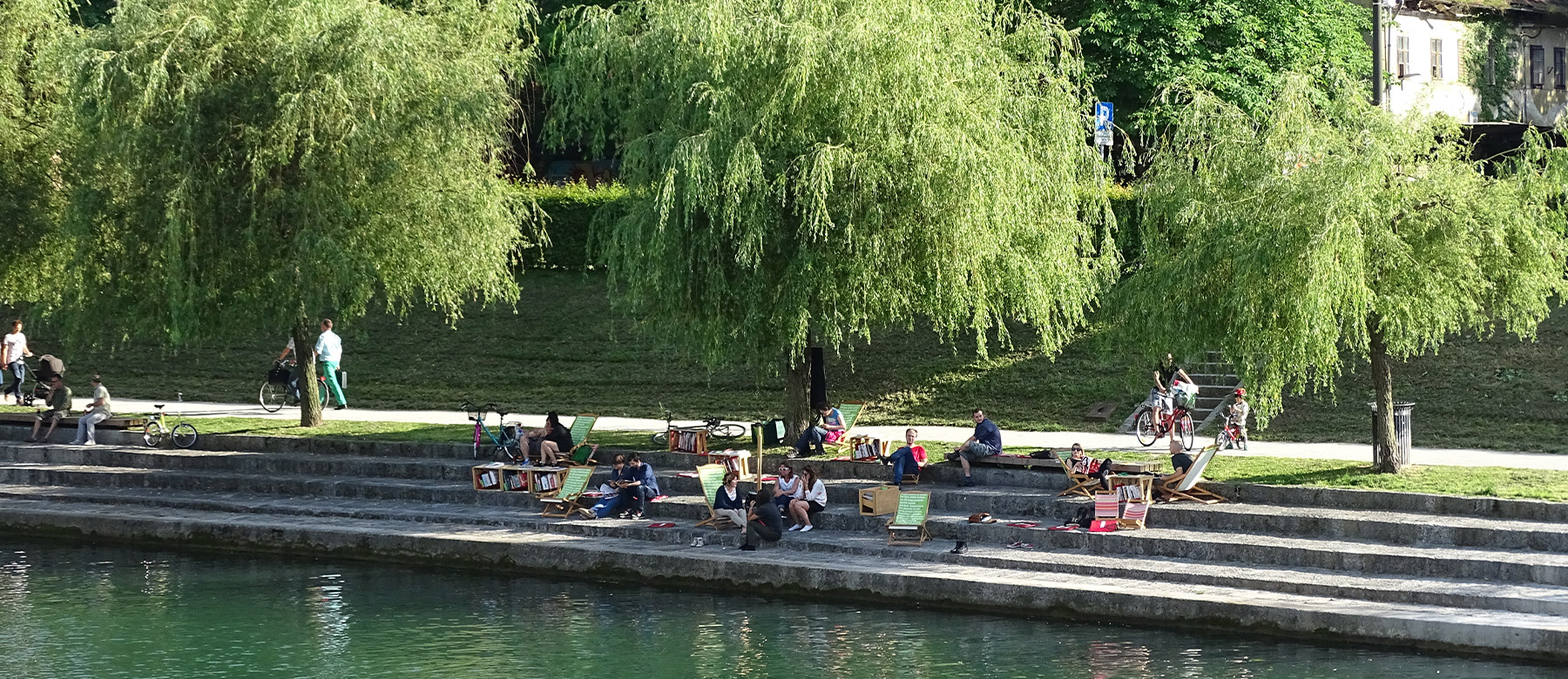
Economic valuation of ecosystem services
Do you want to find out how to value your natural area?
Read More
Fundraising for nature conservation and EU project design
Do you want to learn more on funding instruments for natural areas?
Read More
Innovative financing and Payments for Ecosystem Services
Do you want to learn out how to find resources for the conservation of natural areas?
Read MoreWhy choose
the GRAN approach?
Environment and economic development can go in the same direction
The governance of environmental resources and protected areas must maximise environmental and social benefits for the population, making environmental interventions effective and economically sustainable.
Bottom-up governance, but with clear and concrete goals
Often, territorial coordination processes are imposed top-down, thus losing credibility and not being accepted by the local population. When they originate from a bottom-up proposal, they need more concreteness to be realised. Etifor ensures a mixed approach, using state-of-the-art facilitation techniques, and guarantees targeted participation, focused on achieving concrete objectives and obtaining media attention and the economic resources needed to initiate change..
The added value of clear and appealing communication
Environmental projects are often managed by technical figures who lack the skills to communicate effectively and implement practical communication tools. Etifor integrates technical knowledge with specific communication, graphics and social networking skills. A communication strategy with particular targets will improve the governance and public awareness processes.
Pubblications
Do you want to learn more?
Successful cases


